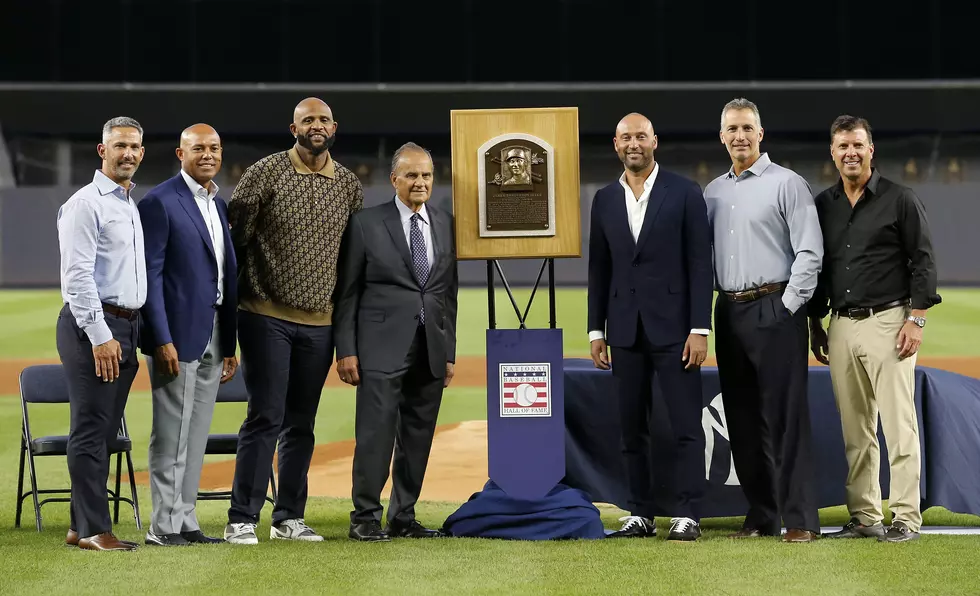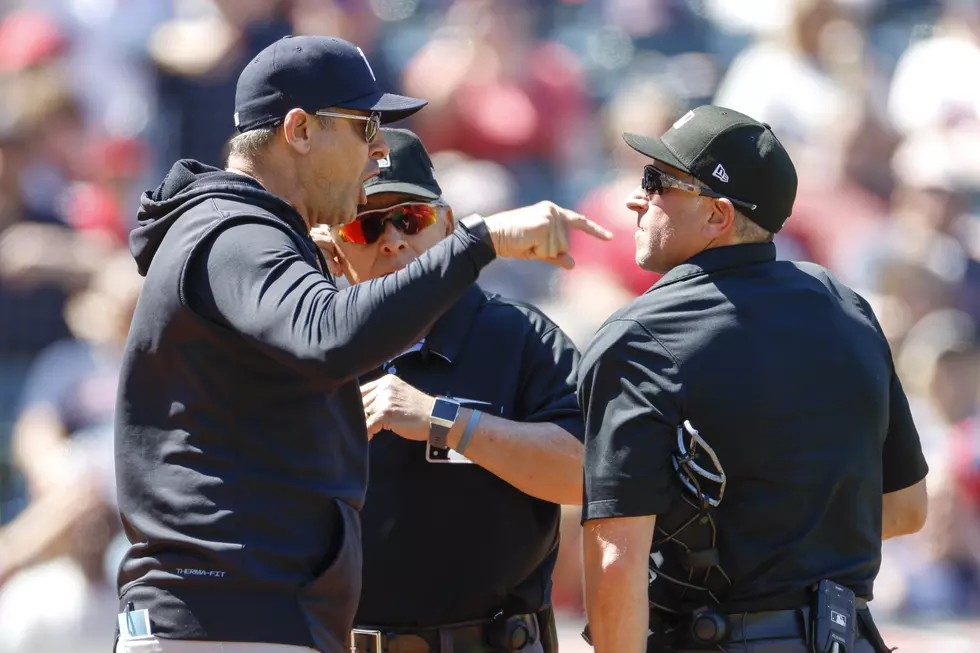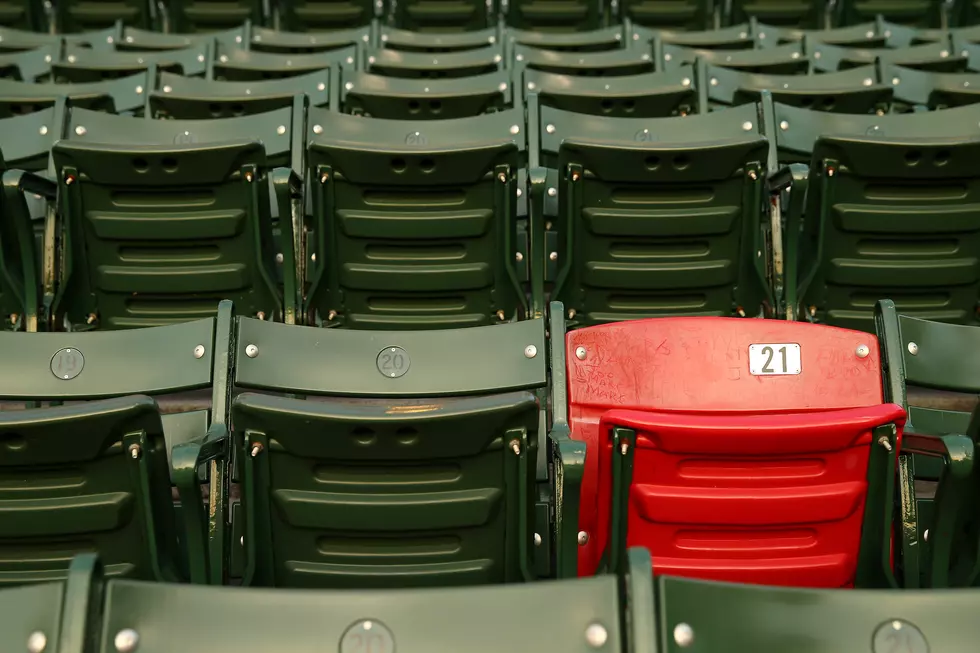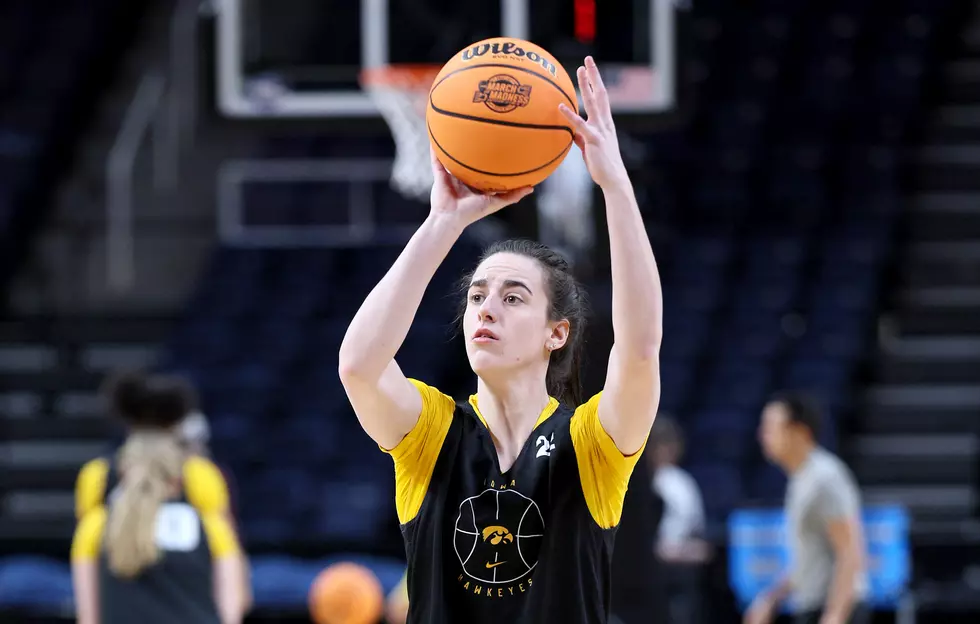
10 Tips For Saratoga Gambling
The Saratoga Race Course will once again open its doors on Friday. Before it does, and before you make the trek up the Northway to gamble away your hard-earned money, read our ten tips for handicapping.
10 – Don’t Bet What You Can’t Lose: This from the "unreasonably obvious department." This also from the be a grown up department. The Saratoga Race Course is a place for limitless fun. Your bank account, however, is not. That has a ceiling. And a floor. And if, at any point, you must decide whether to risk hitting that floor via one, final bet - if you have to choose between rent money and one last exacta - you're a damaged human being and should seek professional help. Don't bring what you're not comfortable losing.
9 – Jockeys: The horse does the work, but a jockey’s importance is, obviously, significant. There’s a reason names like John Velazquez and Javier Castellano keep finding their way into the Winner’s Circle. Negotiating half-ton animals through tight traffic is an art. Some jockeys paint masterpieces, some jockeys glue macaroni to construction paper. And the ones who paint the masterpieces, the artists, are in high demand, which is another, perhaps more important reason they warrant consideration. Sought by most and given the pick of the contenders, the best jockeys tend to get the better, more expensive horses. You don't trust your million dollar horse to a guy scribbling with crayons. For that, you pay the professionals.
8 – Trainers: Like jockeys, the importance of trainers – who do so much more than don the impressive suits and saddle the horses – is significant. Also like jockeys, there’s a reason the same names hoard wins. Pletcher is the obvious one; others include Brown, Mott, Maker, Casse, and Clement. Knowing a trainer’s mentality can give you a big leg up, and the right pairing of trainer and jockey can be lethal – Pletcher and Velazquez, for example. And, again, like the jocks, those at the top of the game are aggressively sought. And they, too, tend to get the most expensive, which can coincide to best, horses.
7 – Rely On Past Performances: There’s an old saying in gambling: “Winners bet on trends, losers bet against them.” I don’t know if that phrase originated with horse racing, but it’s certainly built a home there. In racing, there is no greater predictor of the future than the past. A keen eye can glean most of the information it needs by evaluating the past performances - whether by scanning the black and white numbers on paper, or by watching replays on video. Speed or closer, distance or sprinter, stud or show pony – it’s all right there. So while there may be something to be said for the “Due Factor,” in horse racing, your bank account isn’t the one speaking up to support it.
6 – See the Whole Board: Often, amateur handicappers focus too intently on one evaluative criteria. They forget that handicapping is like chess – most of your focus should land on the King and the Queen, but to be the best, you need to see the whole board, to evaluate every permutation. In handicapping, past performances and jockey/trainer combination should garner the lion’s share of your attention, but everything needs to be considered – the breeding, the distance of the race, likely pace of the race, the post position, the track condition, etc. In a sport like this, anything can be the difference between first and last. Don’t be the one who looks back and finds they didn’t even take it into account.
5 – Build the Race: It's the best way to see the whole board. Which horse(s) will be out front? Where will the other runners fall in behind? Will the pace be hot and allow closers to run on at the end? Who are said closers? Where will each horse sit heading into the first turn, down the backstretch, at the top of the stretch, etc? Answer these questions and play the race in your head. Whomever you have hitting the wire first, there’s your bet…Except…
4 – Play the Odds: …When the odds tell you to stay away. Every bet is a balancing act between risk and potential return. It’s a delicate cost-benefit analysis, but one that should play a crucial role in your gambling. A bet on an odds-on favorite has almost no risk, but almost no return. A bet on a 60-1 long-shot will provide great return, but carries insane risk. Both should be avoided in favor of a middle ground. You'll win most of your bets if you gamble on heavy favorites, but if you’re looking to win more than 20 cents a race, look elsewhere…
3 – Bet What You Think Will Happen: …But don’t reach for it (odds). Don’t throw money at bets you don’t believe in for the sake of the odds, the name, or whatever other alternate criterium you think of. The track already has a leg up - just by getting you in the door their halfway to claiming the contents of your wallet - don’t help them out by throwing money at horses you haven’t studied or don’t believe in….Except…
2 – Box Everything: In exotics. Don’t be the guy who plays a 2/3 Exacta and watches it come in 3-2. I’ve been that guy. You don’t want to be that guy. Trust me, you don’t want the kind of pain that brings. It's horse racing, anything can happen. Prepare for that. You don't need to bet as much on the 3/2 possibility as you do the 2/3 one - perhaps put five dollars on the former and ten on the latter - but you'll want to be covered either way should the race be decided by a photo.
1 – Trust Your Gut: Study, evaluate, analyze. But at some point, just make the damn bet. Always remember, horse racing is a fickle business; there is no such thing as a sure thing, no matter how long you deliberate. Sometimes, the best you can do is just pull the trigger and hope.
Happy handicapping everyone. Check back with 1045theteam.com and follow me on Twitter, @Joe_1045, for Saratoga updates and handicapping advice throughout meet. Good luck!
More From 104.5 THE TEAM









